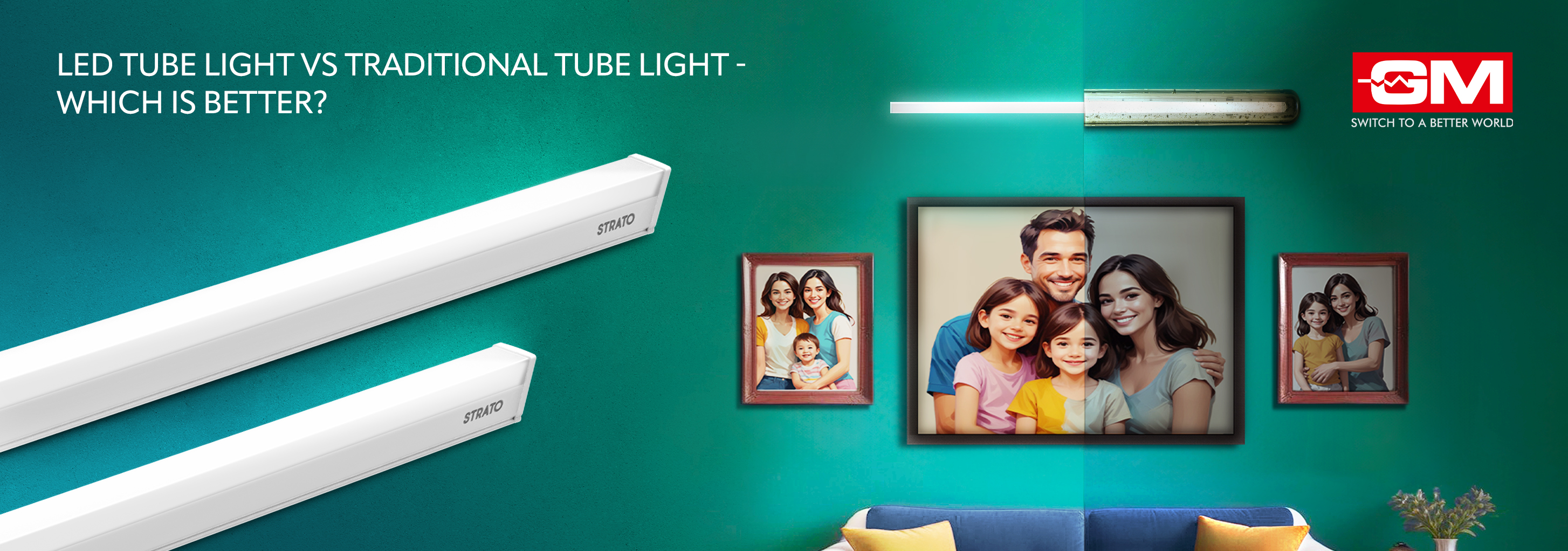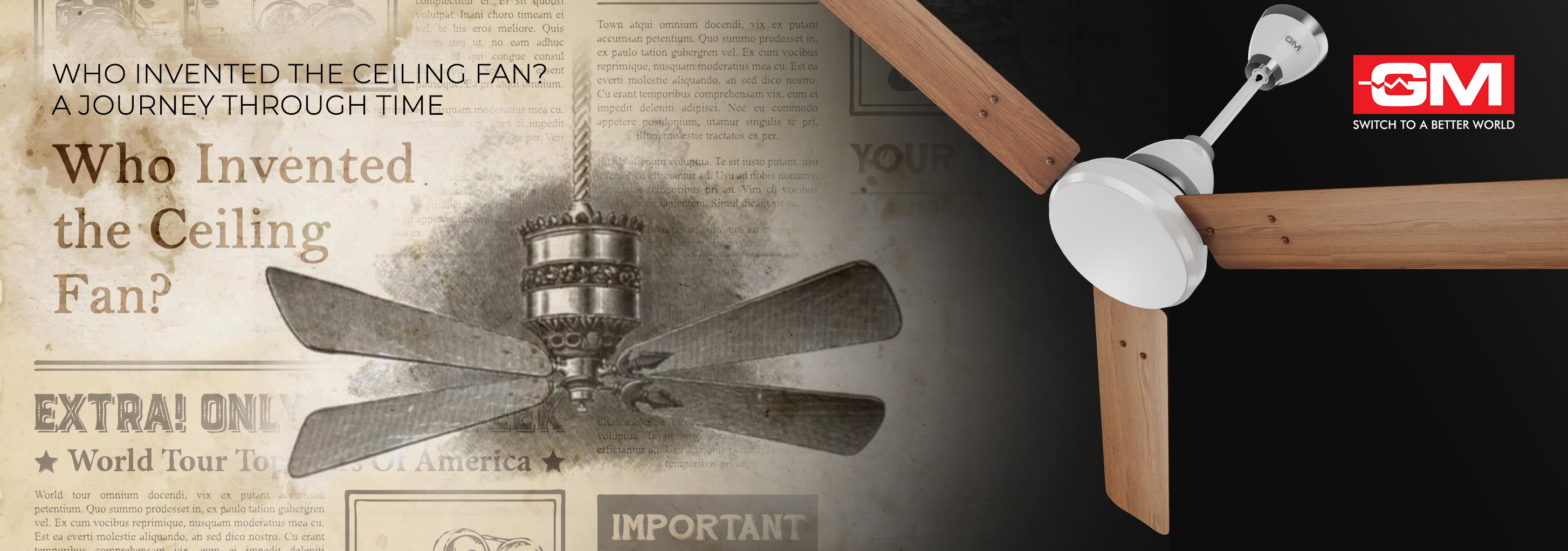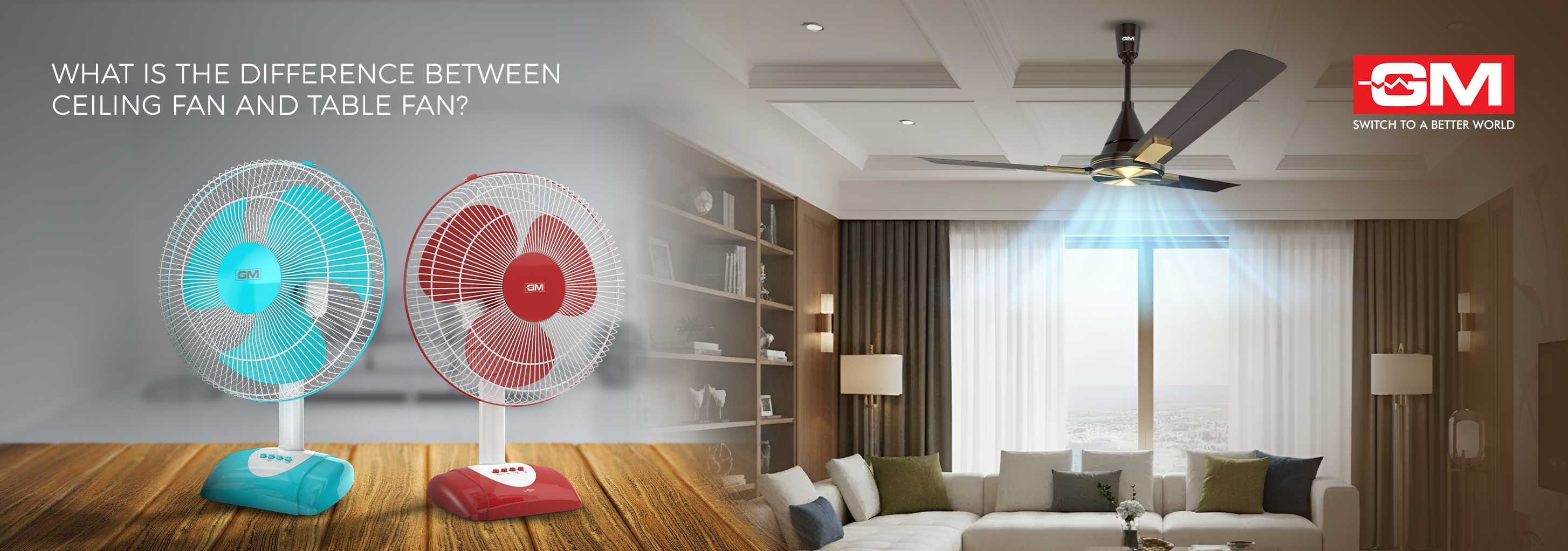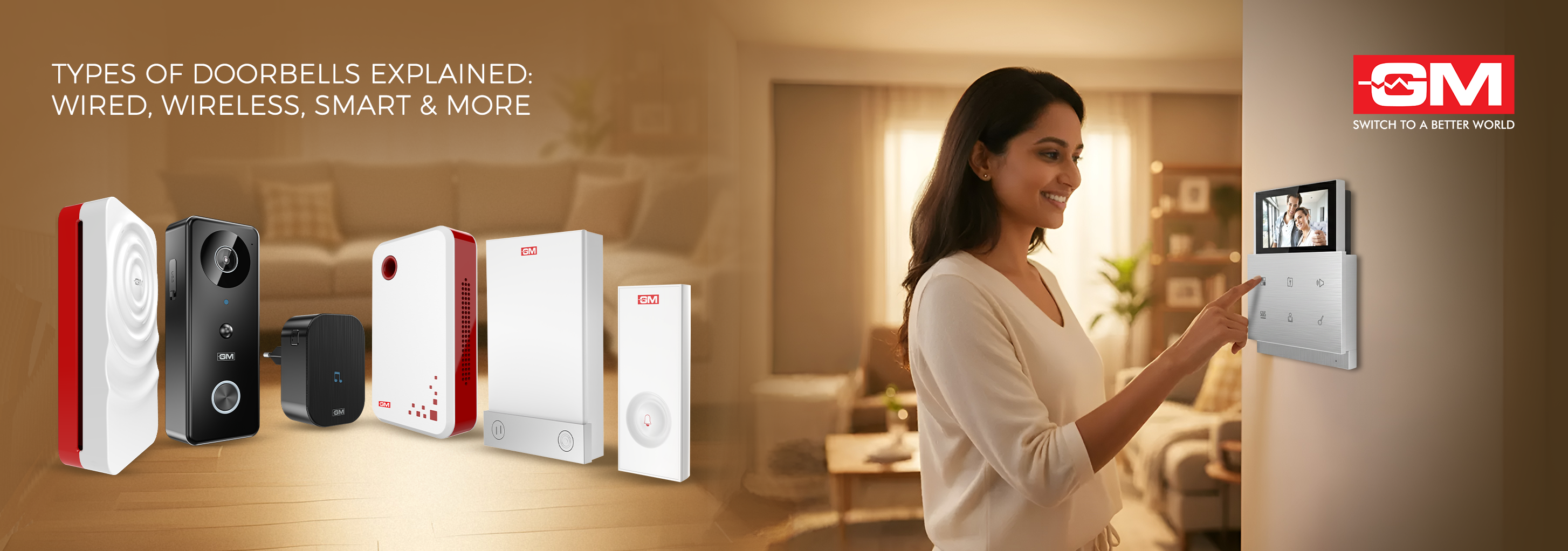Blog
LED Tube Light vs Normal Tube Light - Which is Better
Updated on Sep 2024

In an era where efficiency and sustainability are paramount, the lighting choices we make can significantly impact both our living spaces and the environment. LED (Light Emitting Diode) tube lights have emerged as a superior alternative to traditional fluorescent tube lights, offering a myriad of benefits that cater to both residential and commercial needs. Here, we delve into the dissection of LED tube light’s power consumption and more, over their conventional counterparts. Additionally, we will highlight why LED technology is becoming the preferred choice for modern lighting solutions.
LED Tube Light vs Normal Tube Light: An Illuminating Comparison
1. Energy Efficiency: LED tube lights excel in energy efficiency. They consume up to 90% less power than traditional tube lights. This drastic reduction in energy usage not only lowers electricity bills but also contributes significantly to environmental conservation. For instance, GM Modular's LED tube lights are designed to provide maximum luminosity while consuming minimal power, embodying the shift towards sustainable energy solutions.
2. Longevity and Durability: One of the standout features of LED tube lights is their longevity. LEDs can last up to 50,000 hours, which is several times longer than the lifespan of traditional fluorescent tubes. This extended lifespan reduces the need for frequent replacements, thus lowering long-term maintenance costs. Additionally, LED lights are more durable, resistant to breakage, and perform better in cold temperatures.
3. Qualitative Illumination: LEDs offer better colour rendering and brightness consistency as compared to fluorescent lights. This means they can display colours more accurately and maintain a consistent light output throughout their lifespan. GM Modular's range includes various colour temperatures, allowing users to customise the ambience of any room or workspace according to their preferences.
4. Environmental Impact: LEDs have a smaller carbon footprint. They contain no toxic elements like mercury, which is commonly found in fluorescent lamps. This makes disposal easier and less harmful to the environment. By switching to LED tube lights, users can avoid the hazardous waste associated with fluorescents and contribute to a healthier planet.
5. Cost-Effectiveness: While the initial cost of LED tube lights may be higher than traditional lights, the long-term savings are undeniable. Reduced energy consumption and fewer replacements lead to significant cost savings over time. GM Modular ensures that its LED products, while premium, are priced competitively, offering a perfect balance of quality and affordability.
Transitioning to LED Tube Lights with GM Modular
Transitioning to LED lighting is not just a choice but a wise investment for the future. GM Modular provides a comprehensive guide to understanding the difference between LED tube light and normal tube light. Explore the range of LED tube lights from GM Modular that are suitable for various applications, from residential dining areas to commercial office spaces. Each product here is crafted with utmost attention to efficiency, design, and user satisfaction, ensuring that every light enhances both the functionality and aesthetics of its environment.
Related Blogs

Who Invented the Ceiling Fan? A Journey Through Time
Ceiling fans are a quiet yet transformative part of life at home, offering comfort, style, and energy savings all year round. But not many of us know about the invention of the ceiling fan and how this humble device revolutionised modern living. To a
Read More
What is the Difference Between a Ceiling Fan and a Table Fan?
Fans are easy to use and save energy, so most people use them to keep a room cool and comfortable. But before you buy one, you should know what makes a ceiling fan different from a table fan. They both move air, but they do it in very different ways
Read More
Types of Doorbells Explained: Wired, Wireless, Smart, and More
A doorbell is one of the most important parts of a home or office, but it's also one of the most common things that people forget about. It not only lets visitors know you're home, but it also makes your space more convenient, safe, and stylish. The
Read More
How to Use a Steam Iron Safely and Effectively?
No matter if you're going to work, a meeting, or a party, wearing a crisp, wrinkle-free outfit can boost your confidence right away. But you need to know how to use a steam iron correctly to get that perfect finish. A steam iron isn't just another ap
Read More